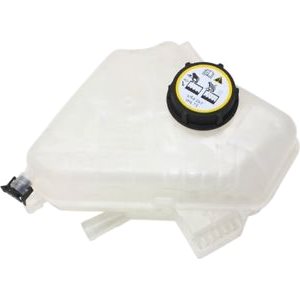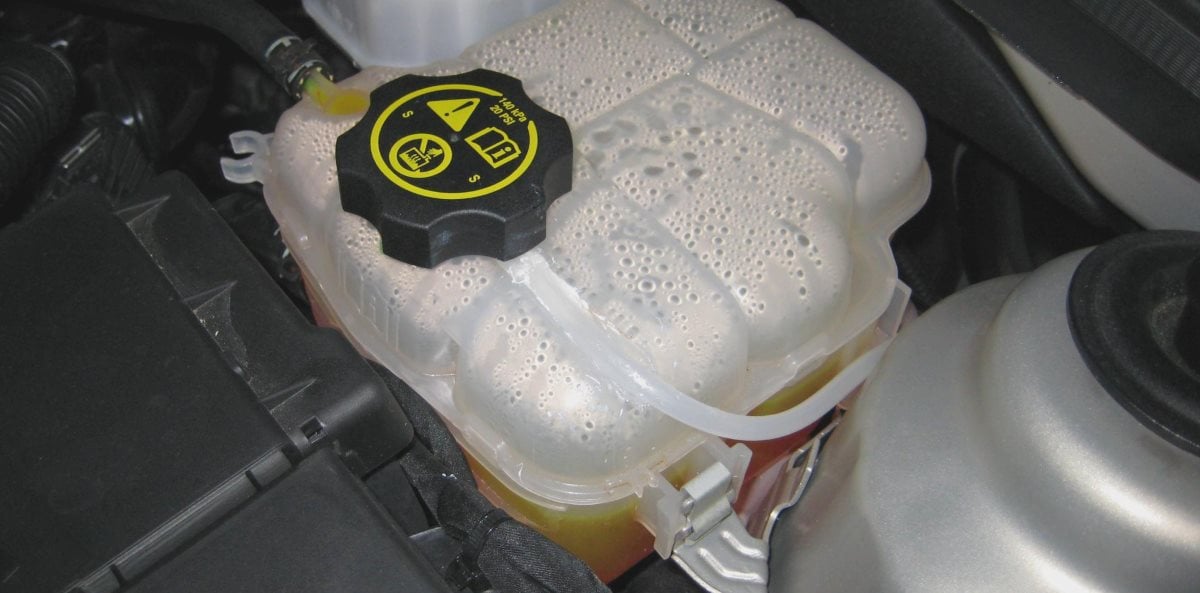What’s a Coolant Reservoir Tank Actually Do?

Ever popped the bonnet and seen that plastic tank off to the side? That’s your coolant reservoir (or overflow tank). Might look low-key, but it does a pretty big job for a part you probably haven’t thought of since you bought the car. Whether you’re commuting down Normandy Ave in winter or chucking the kids into the Corolla for a dash to Rototuna, that tank’s quietly making sure your engine doesn’t overheat.
Here’s how it works: your cooling system keeps the engine from getting too hot, especially with Hamilton’s traffic, roadworks, and heaps of stop-and-go on spots like Peachgrove Road. As coolant gets hot, it expands. Instead of just spitting extra fluid out onto the ground, it goes into the reservoir. When things cool down again, the coolant gets sucked back into the radiator. Keeps everything ticking, saves you topping up all the time.
Quick tip—never open the reservoir or radiator cap when the engine’s hot. Just asking for a nasty burn. Let the car chill right out before you have a look or top up.
If you want a proper deep dive on what’s actually happening under the bonnet while all this is going on, check out how the cooling system works.
What Can Go Wrong With a Coolant Reservoir?
In Hamilton, between the humid foggy mornings and dry summers (plus all those potholes in Frankton and Dinsdale), that reservoir can really cop a hiding. It’s not unusual for us to see older Daihatsu Sirions or Seat Ibizas with cracked or warped tanks. Sometimes it’s an Audi A3 that’s been doing the school run from Tamahere, or a lady in a Suzuki Vitara who’s just noticed a puddle under her car after doing the weekly shop. Doesn’t matter if it’s a Ute, hybrid, or your classic Mazda Demio – overheating can really mess things up if you ignore a leaking tank.
If your engine’s run too hot (like, after queuing through the base in summer or getting stuck on Cambridge Road with traffic barely moving), not just the reservoir but your water pump, radiator, hoses and even the head gasket can take a hammering. It pays to get everything checked out, especially if you’ve got a hot engine warning or the temp gauge’s crept up.
How Do You Spot a Leaking Coolant Reservoir?
- Temp gauge creeping up – Less coolant means less heat protection, so if you’re seeing the needle go further than usual, or the warning light comes on, could be the tank. Especially common in older Honda Fits or European wagons.
- Obvious cracks or warping – Easy to spot. If the tank looks twisted or there’s a bit of green, pink, or orange crusty stuff, it’s probably cracked. After you top it up, it drops again? Classic symptom.
- Puddle under the car – Pretty hard to miss, especially if you park up at The Base for ages and come back to see a bright-coloured puddle under the engine. Coolant leaks can be pink, red, yellow, orange or green. Sometimes it’s the tank, but could be the hoses or pump too.
Serious warning—don’t open the radiator cap while it’s still hot. That stuff is pressurised and blistering!
Coolant Reservoir Replacement & Inspection in Hamilton
If you’re around Hamilton or places like Gordonton, Te Kowhai or Hillcrest, and reckon your coolant tank’s cracked, warped, or leaking, bring it in to us at Grimmer Motors. One of our techs can check it over and sort a replacement if you need one. We see a mixed bag of Asian and Euro cars, Toyotas, Nissans, Skodas, Volvos—even the odd Chery or Peugeot. Doesn’t matter what you drive, cooling system problems can hit anyone.
Book in with us for car service Hamilton, WOF stuff, or just a straightforward coolant system check. We’re a workshop, not just a parts store—so if you bring your car in, we can handle the diagnosis, the parts, and the fitting for you. Keeps things easy.

